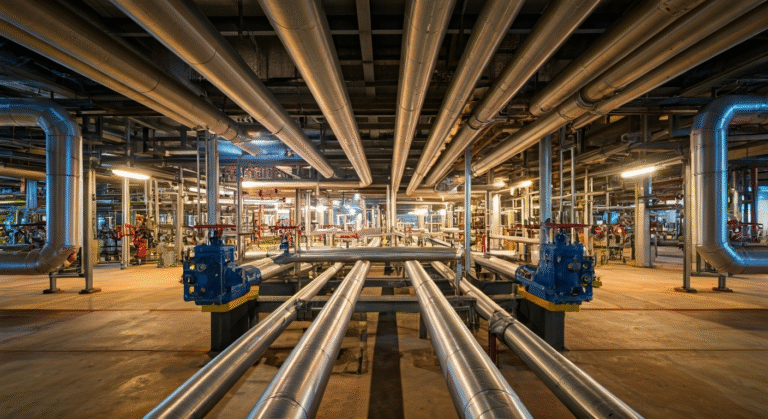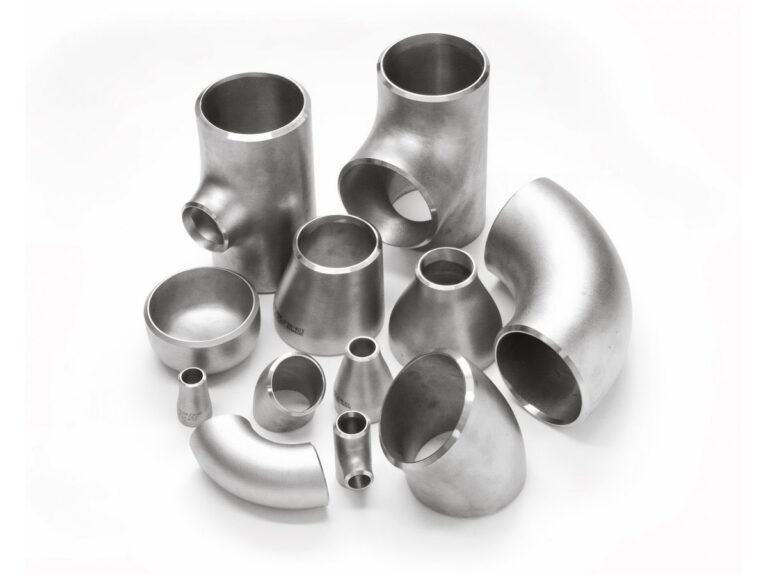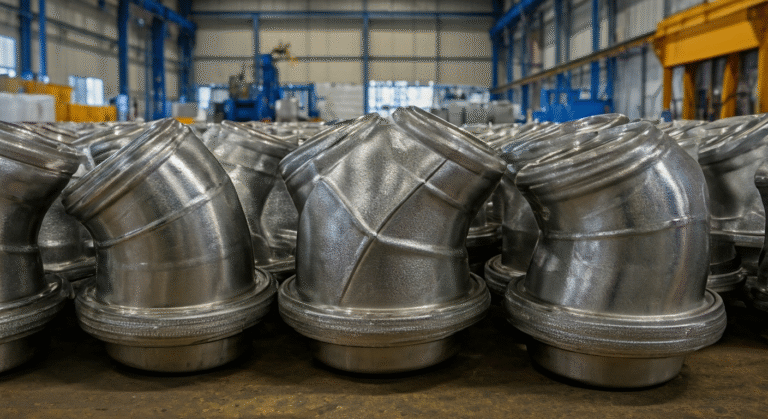-
Zone industrielle de Yinzhuang, comté de Mengcun, ville de Cangzhou, province de Hebei, Chine
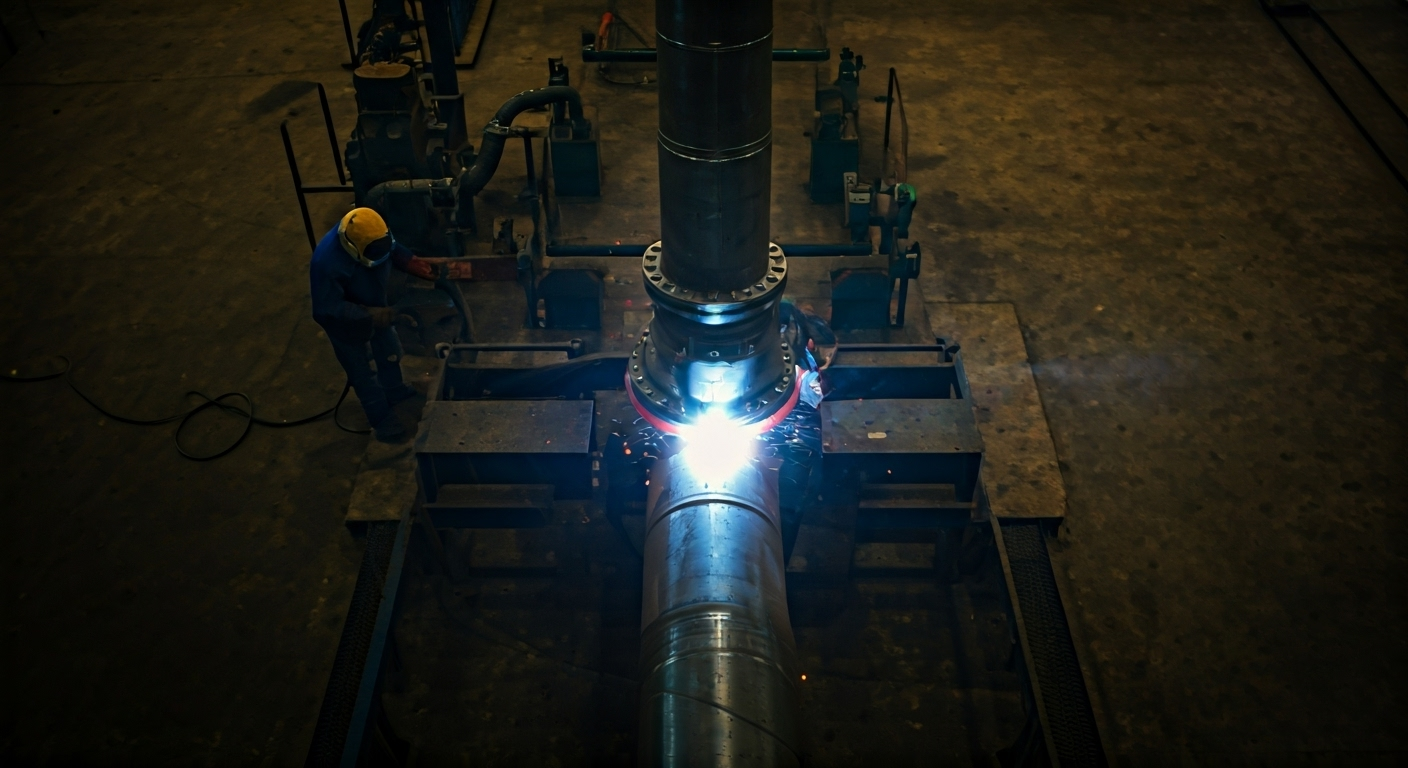
Butt Weld Reducer: Enhance Your Welding Techniques

Faits marquants
- Butt weld reducers, including concentric reducers and eccentric reducers, are essential fittings for managing diameter transitions in piping systems. Alloy steel and carbon steel options are widely available, with materials like ASTM A234 WPB meeting strict industry standards such as ASME.
For reliable suppliers or manufacturers of high-quality concentric reducers, consider sourcing from established industrial piping vendors who specialize in carbon steel and alloy steel fittings certified to ASTM and ASME standards. Leading online marketplaces and distributor directories focused on piping components also provide access to manufacturers offering quality reducers.
- Alloy steel and carbon steel options are widely available, with materials like ASTM A234 WPB meeting strict industry standards such as ASME.
- Selecting the correct reducer ensures optimal wall thickness for safety and longevity.
- Concentric reducers provide a symmetric cone shape, while eccentric reducers offer unique benefits for horizontal installations.
- Choosing the right diameter and fitting type is crucial for maintaining reliable fluid flow in industrial applications.
Introduction
Pipe reducers are important in piping because they help connect pipes that are not the same size. Concentric reducers are special because their shape is even and smooth. This design lets the water or other things in the pipe move easily, with less change in flow and even wall thickness. When you pick the right reducer, it makes the whole system work better and last longer. It also helps the system follow industry rules. If you understand the details of these fittings, you can install them in a way that is safe and efficient. The system will run well, no matter if you use high-pressure pipes or normal piping at work.
Understanding Butt Weld Reducers in Piping Systems
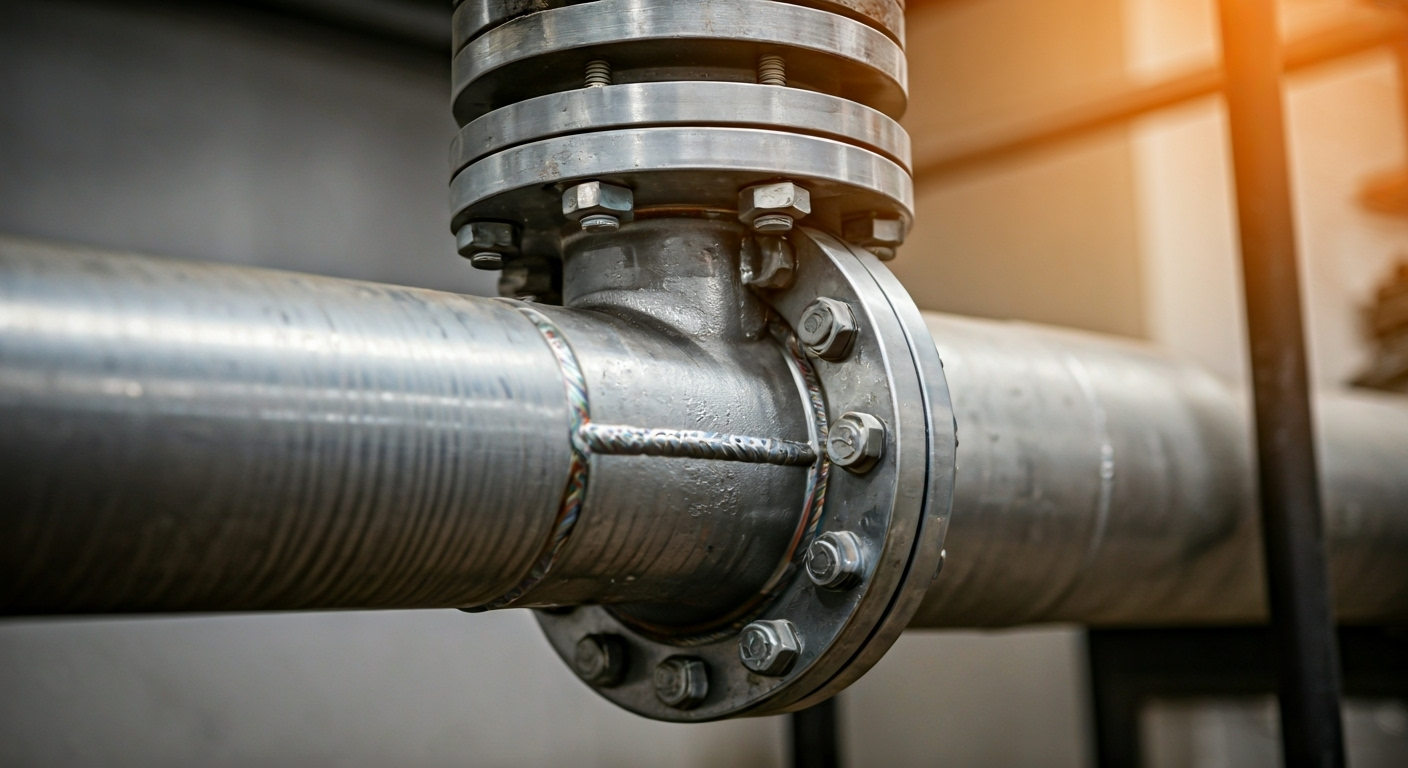
Butt weld reducers are fittings that help connect pipes which have different diameters in a piping network. These reducers are often made of carbon steel or alloy steel. Their cone shape lets pipes of different sizes join together without problems. You will usually see them welded right onto the pipes. This makes a smooth joint, so the structure is strong and the fluids move better.
When you need to pick between a concentric reducer and an eccentric reducer, look at what your application needs. Concentric reducers have a cone that is the same on both sides, making it look even and straight. Eccentric reducers have one side that is flat and one side that is sloped, which works well for horizontal lines. So, what is a con reducer, and how is it different from an eccentric reducer in piping? The main difference is in how they line up their centers and how they are used best. We will talk about that next.
Concentric vs. Eccentric Reducers: Key Differences
When it comes to picking the right reducer, understanding the differences between concentric and eccentric reducers is vital. Concentric reducers feature aligned centerlines and a symmetrical cone shape, making them ideal for vertical piping systems where fluid flow should remain centered. Eccentric reducers, on the other hand, have an offset design—one side remains flat—helping prevent air or liquid pockets in horizontal runs.
Let’s compare key features side by side:
Fonctionnalité | Réducteur concentrique | Réducteur excentrique |
|---|---|---|
Shape & Structure | Symmetric cone, aligned centerlines | Offset reduction, one side flat |
Flow Characteristics | Smooth transition; may trap fluids horizontally | Prevents trapped gas/liquid; natural drainage |
Recommended Use | Vertical piping, pump discharge | Horizontal piping, pump suction |
Matériaux | Alloy steel, carbon steel, stainless steel | Same as concentric reducer |
Installation | Easy, less orientation-specific | Requires correct flat side alignment |
Coût | Lower, simple shape | Slightly higher, more complex design |
When should you use a concentric reducer instead of an eccentric reducer? Opt for concentric reducers in vertical piping or when you want a centered, balanced flow. Eccentric reducers are your go-to for horizontal systems or pump inlets where drainage and prevention of gas buildup are priorities.
Essential Functions and Advantages of Butt Weld Concentric Reducers
Butt weld concentric reducers be used in piping for many reasons. The main job of these pipe reducers is to change the size from one pipe to another while keeping both pipes in line with each other. This helps keep the fluid moving in a steady way and keeps the pressure under control.
These are the key advantages you get with concentric reducers:
- They help keep the fluid balanced in the center of the pipe and reduce any turbulence that can happen.
- You can use these pipe reducer fittings in many places, both for vertical pipes or pipes that carry different types of flow.
- They are simple to weld onto alloy steel or carbon steel piping, leading to strong and leak-proof connections.
- These reducer fittings work in a lot of places because they can be made with different materials and wall thicknesses.
What be the main functions and benefits of a concentric reducer in a system that moves fluid? The most important thing is that the reducer cuts down on cavitation and stops sudden pressure jumps. It keeps the system strong and helps it work well, both for strength and making sure the fluid moves in the best way.
Selecting the Ideal Butt Weld Concentric Reducer for Your Project
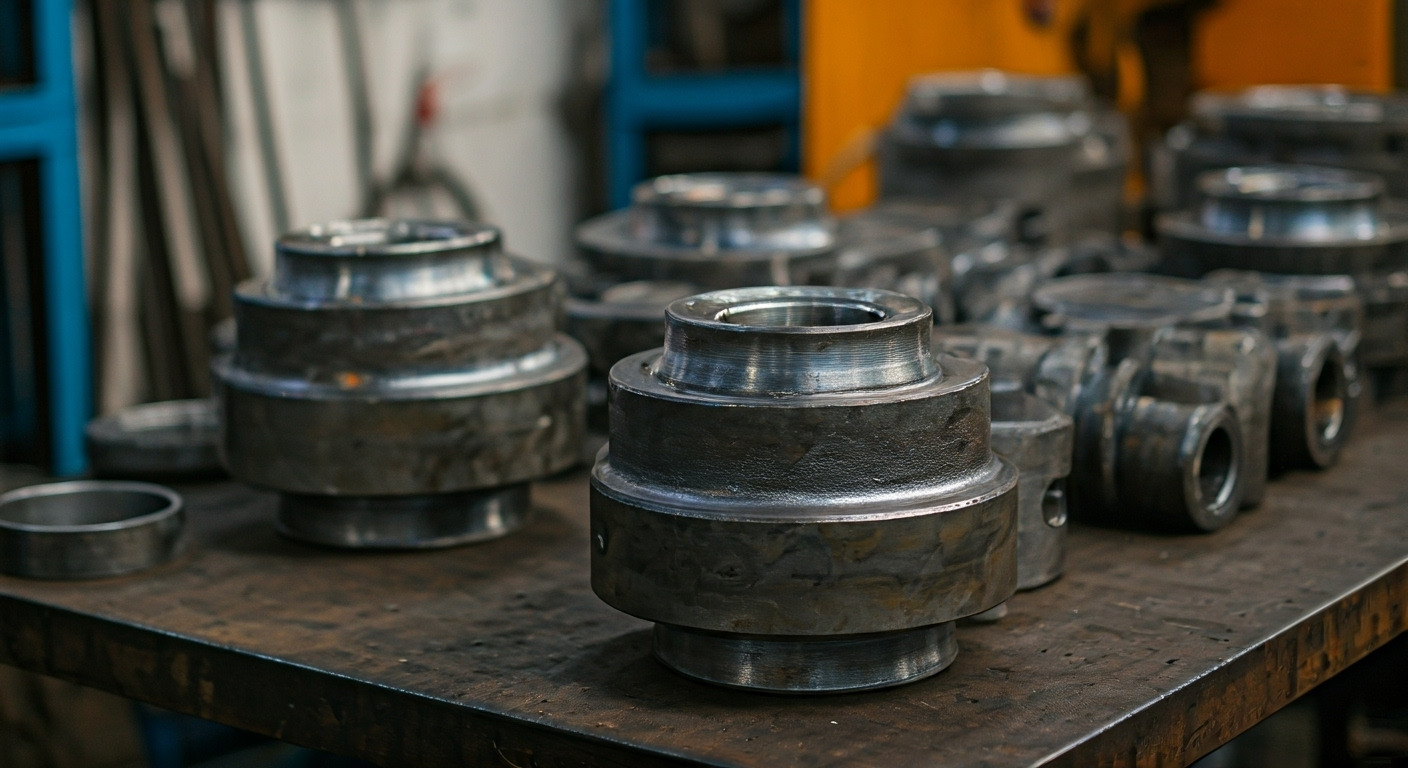
Choosing the right concentric reducer for your project depends on a few key things. You need to look at the diameter change you need, the wall thickness, and if you want alloy steel or stainless steel. You also need to think about what pressure and temperature your system will have. After that, match those needs to what the reducer can handle for good results.
So, how do you make sure you get the right size and material for a concentric reducer in a pipeline project? Start by looking at your piping standards and see if the reducer will work well with your current fittings. Next, we will talk about picking the right size and material, such as alloy steel or stainless steel, and how to think about diameter and wall thickness.
Sizing Considerations and Material Choices (Carbon Steel vs. Stainless Steel)
Looking at the right size and material is important in making sure piping systems work well. Carbon steel concentric reducers are strong and last a long time. They be good for high-pressure jobs. Stainless steel gives better protection against rust. This helps especially in places where there be water or chemicals. Wall thickness matters too. It affects how strong and heavy the reducer is. Picking the right alloy steel for your job can help things run better. It also makes welds safer and more steady.
Australian Standards (e.g., ASTM A234 WPB) and Specifications for Concentric Reducers
Standards are very important when it comes to keeping piping systems safe and good in quality. The ASME and ASTM rules, including ASTM A234 WPB, set the rules for things like concentric reducers. These rules talk about things like what materials to use, wall thickness, and how things should be made. If companies follow these rules, the products are going to work well in many uses. When you focus on these standards, you make sure the fittings, whether they are carbon steel or stainless steel, will do the job and can handle both pressure and flow in the piping setup.
Conclusion
In conclusion, butt weld reducers are key parts that help make piping systems work better. The right choice between concentric and eccentric reducers matters for your job. Picking the correct materials and sizes for your project makes sure the fluid moves as it should and keeps the pressure steady. Following the Australian standards keeps your piping safe and meets all rules. As you get better at welding, adding butt weld reducers can raise the quality of your work and help your projects go well. If you want more help or advice with your next piping or welding project, be sure to ask for a consultation.
Questions fréquemment posées
How do butt weld concentric reducers affect fluid flow and pressure?
Concentric reducers help liquid move smoothly by having a cone shape that is the same on each side. This cone design in piping lets the fluid change size without any sudden jumps. Because of this, the flow stays even and there is less chance for the pressure to drop too much or for bubbles to form. This helps keep the piping system working well.
What are the step-by-step installation procedures for a butt weld concentric reducer?
Installation means getting the pipe ends and reducer ready. You then line up the fittings. Put on some tack welds to hold it in place. After that, make sure everything lines up. Complete the butt welding by following the project rules. Check the weld for any problems and use testing that does not harm the weld. This checks that the weld is strong and there are no leaks.
In which industries and applications are butt weld concentric reducers most commonly used?
Concentric reducers are often used in many industries. You can find them in oil and gas, chemical work, water supply, and power plants. They help change the diameter of the piping where that is needed. People pick them when ASME standards must be met for safe pressure and flow in systems that are really important.
What is a butt weld reducer?
A butt weld reducer is a fitting used in piping systems to connect two pipes of different diameters. It facilitates a smooth transition, ensuring minimal turbulence and pressure loss in the system. This essential component enhances welding techniques by providing strong, leak-proof joints for various applications.
What is a butt weld reducer?
A butt weld reducer is a fitting used in piping systems to connect pipes of different diameters. It allows for smooth transitions between sizes, ensuring efficient flow and minimizing turbulence. Common in various industries, it is essential for maintaining system integrity and optimizing welding techniques in construction projects.
